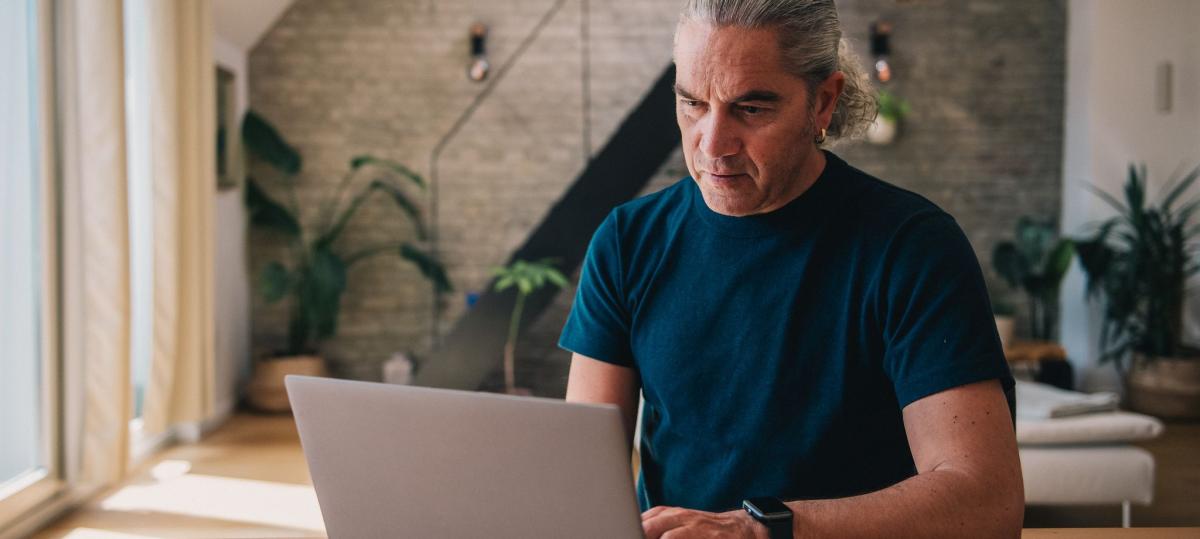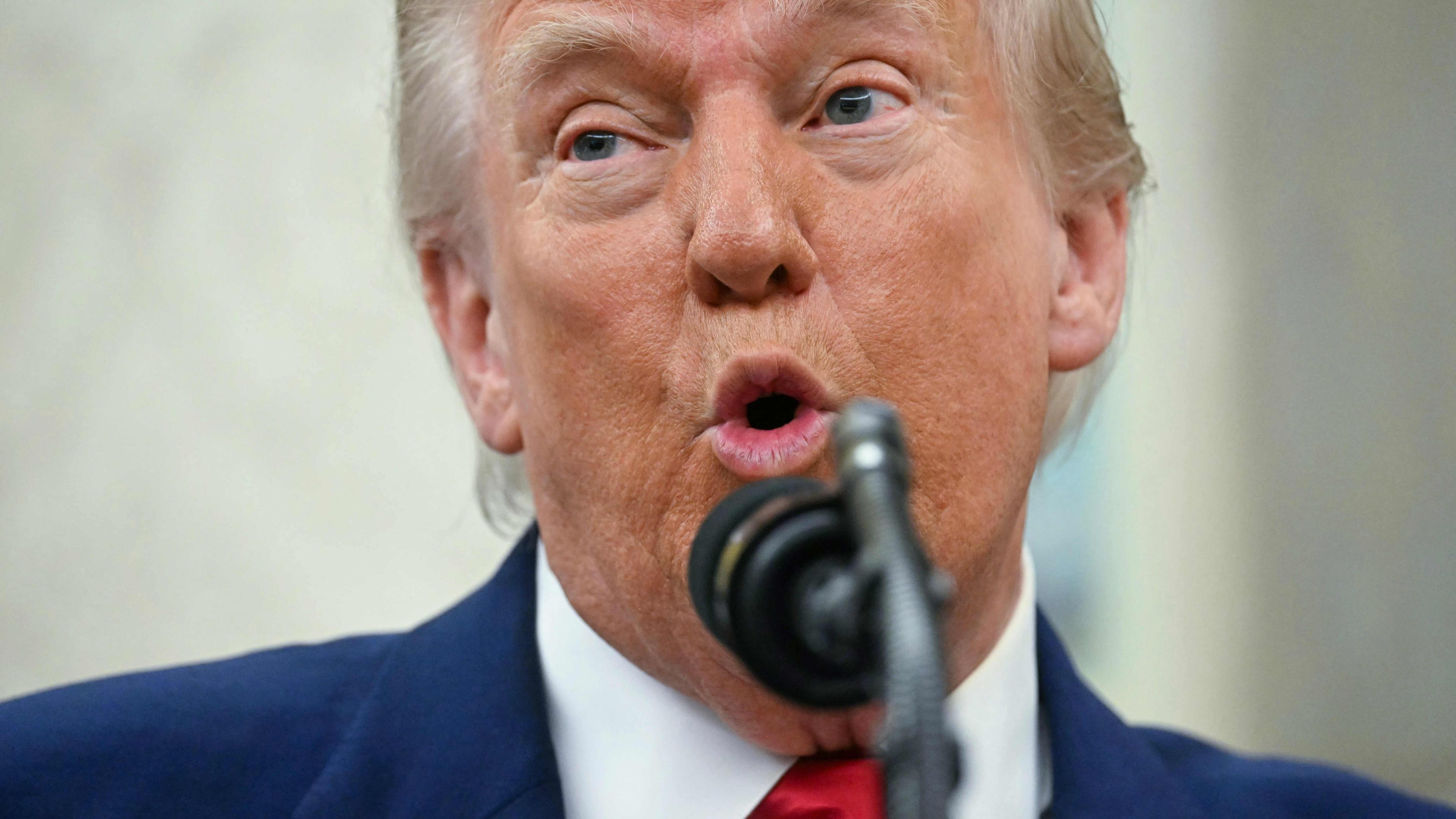How to use your stock endpot clever for retirement and avoid losses

Waiting and drinking tea in falling courses. If you do not have to get your money invested on the stock exchange in a timely manner, you can now remain calm, will no longer look at the share depot for the next few weeks and if possible not to pursue any stock exchange messages. Less is more. But what about those who need money now because they will soon be in pension go?
There is no panic here either. First of all, the payments from classically interest -bearing systems should take place until the courses have recovered. If this is not sufficient, a partial reallocation of the share depot in low-risk money market ETFs as well as daily and fixed deposits would be necessary. Only then would losses be realized.
The steam phase also needs to be planned
You have to be able to endure fluctuations on the stock exchangea crash is always to be expected, as is a subsequent increase in courses. These assumptions and their consequences must not only be taken into account in the savings phase, but also important for the payment phase of an investment process. So the question arises: How do I plan the withdrawals from my portfolio for my pension in the long term?
If you retire at the mid -60s, if things go well, you still have 20 to 30 years of financial needs. As an example, we take a monthly pension requirement of 1000 euros for a withdrawal period of 30 years. We leave out the necessary inflation compensation for simplification reasons. It would not be advisable to sell the ongoing equity funds for the regular pension payments, as this takes unnecessary losses in poor market phases.
Instead, it makes sense to form payout and return pots with different safety and risk components. The 60,000 euros for the first five years of the pension phase can be created with low risk via a bank release plan. The other 60,000 euros for the following five years are parked as a security buffer in fixed deposits. The money requirement for the remaining 20 years could continue to be on the stock market, For example in a world index ETFBring return.
Regular switching is indispensable
At the latest every five years, if the stock prices are good enough, there is a replacement within the pots. The payment button is filled in from the security buffer by reversing fixed deposits into a new bank release plan. From the « stock market » return pot, money flows again into the security buffer « fixed deposit ». The advantage is that even in volatile market phases, you are not forced to sell shares in bad courses and thus endanger your financial planning.
It remains the uncertainty of how fit you are at 80: whether you can still get these shifts even in old age. The earlier this phase of life is prepared with the relatives, the better it will succeed. In addition, the market should also start on this topic soon. In the future, it remains to be hoped that neobar and asset manager will offer cost -effective removal concepts of this kind and make it easier.
To person: Sascha Straub is a specialist for financial issues and insurance companies at the Bavarian Consumer Center.






